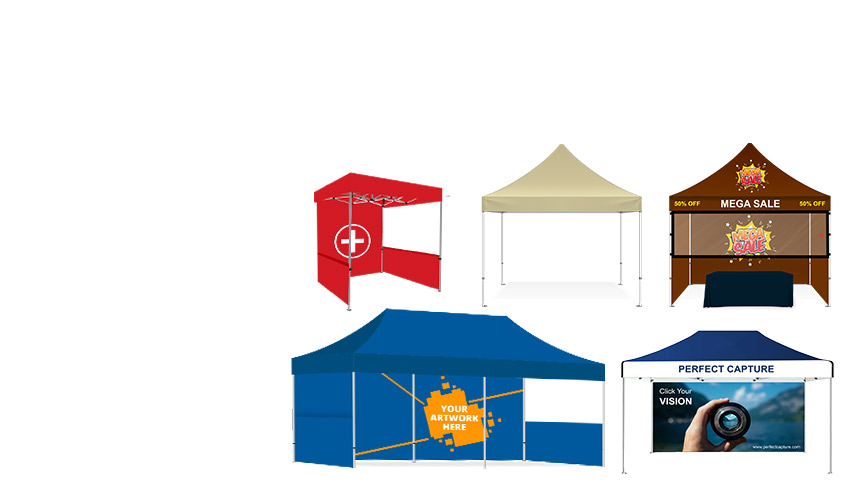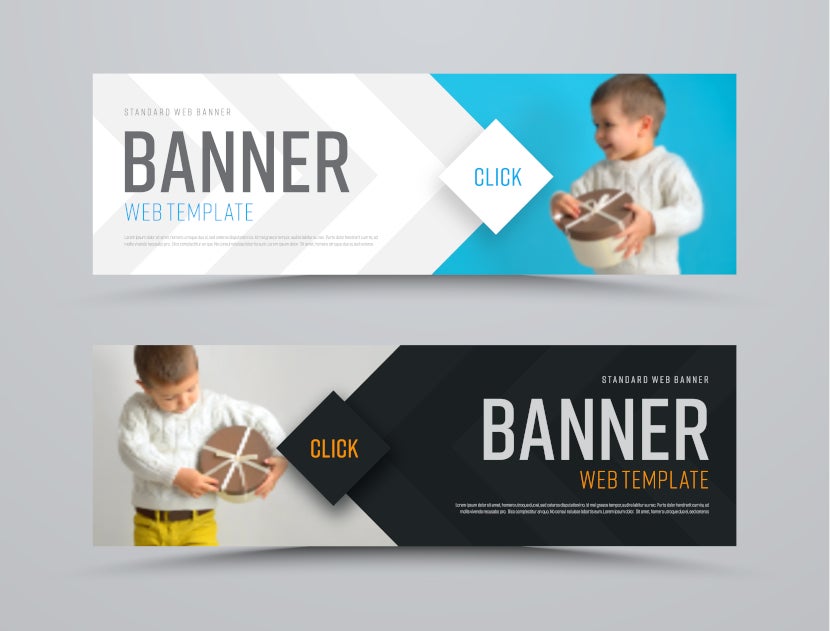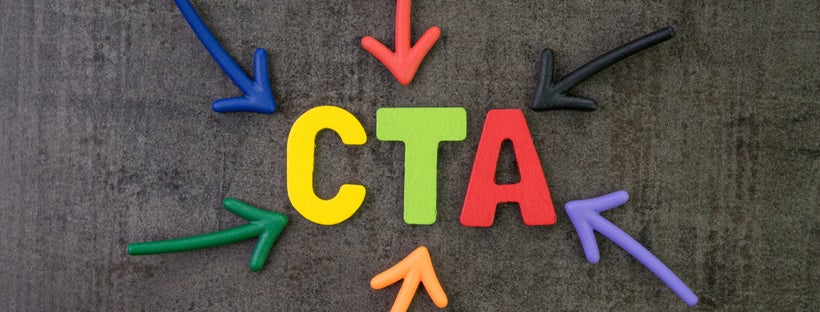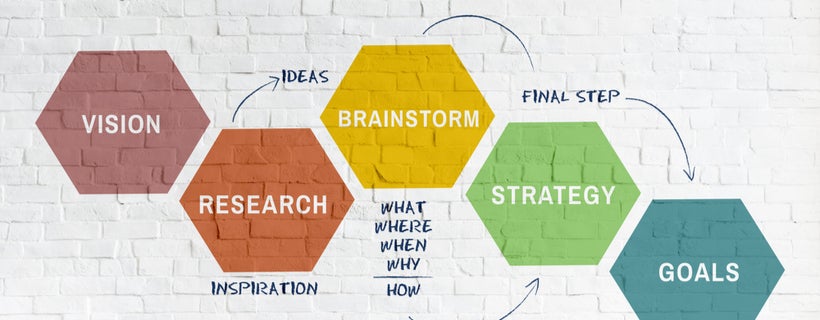In today’s digital age, it is important for business owners and marketing professionals to have a working knowledge of design theory. Having some basic tools in your graphic design arsenal will prepare you to create brand-appropriate, conversion-driven content across your multichannel marketing strategy. Expand your DIY design theory knowledge and apply these design principles to elevate your brand’s identity and give your business a competitive edge.
Your Brand Is Your Business

Humans are highly visual creatures, therefore, great first impressions are a must for modern businesses. Oftentimes, customers are making buying decisions based on Google searches, social media profiles or direct mail marketing materials. 80% of the B2B buying process takes place with zero human contact and 77% of B2C consumers make purchases based solely on a brand name. From storefront to website, direct mail to social media, your brand needs to seamlessly reflect your business’ mission.
Building Your Understanding
It’s critical to understand your target market. Data will help you learn who they are and that means you must start with research. Once you start to pinpoint your customer base you can design advertising tactics that will effectively engage them and implement design techniques to create a positive emotional experience that reflects your brand’s purpose.
Design With Your Brand In Mind
Appropriately branding your business is the foundation all of your design choices should be based upon. It only takes the human brain 13 milliseconds to process an image. Whether you are designing a brochure for a direct mail campaign or digital marketing assets for your social media platforms, your brand must efficiently and effectively communicate a high volume of visual information to your potential customers in a narrow window of time.
Your brand identity will have credibility if it accurately reflects the goods or services your business sells. Before you develop your design strategy, be sure to take your target audience into account. First ask yourself what sets your brand apart from your competitors. Once you have answered that question, implement a design strategy that creatively distills your brand’s image and focus into design decisions that clearly communicate this information.
Create Your Color Palette
Correct color choice can have a huge impact on the success of a brand’s design. According to a recent study, consumers pass judgment on a brand within 90 seconds of the initial viewing and anywhere between 62% to 90% of that judgment is based solely on color.
Additionally, color is believed to increase brand awareness by 80%. Having to choose colors that accurately represent your brand can be overwhelming, but a working knowledge of color theory will help you design an eye-catching color palette that will resonate with your customers.
Spin the Wheel of Color
Each color in the color wheel is capable of evoking different thoughts or feelings. Decide what emotional appeal you want your brand’s color palette to express. For example, gold is a fantastic color choice for brands that want to evoke a sense of happiness, while green conveys nature or stability and blue signals calm, trust, and intelligence. Think about these different color attributes and focus on colors which appropriately reflect the emotional message you want your brand’s colors to send.
Now it’s time to create your color palette. Focus on colors that work well together. Behance is a fantastic tool for budding graphic designers to explore complimentary and contrasting color palettes. You can pull virtual swatches side by side to see which color combinations work well together and use these findings to express emotional connections through color choice.
Focus on Font Choice

Brand-specific typography can illuminate your brand’s identity. According to the Gestalt Principles of Design, consumers view the different parts of a design as a whole. For graphic designers, this means colors, shapes, and even fonts all need to work together to appropriately communicate the values of your company. Even if you get the brand name and color right, the wrong font choice can harm your credibility.
Your typography choices should reflect the brand characteristics you want to promote. Serif font can project a sense of tradition and respectability, which would be appropriate for an established family business but not ideal for a night club. Sans Serif features crisp, clean lines while script fonts echo the nostalgia of handwritten letters. Understanding how different typefaces can express different emotions is key to figuring out which typography you should use to convey your brand identity and values.
Remember, less is more when it comes to typography. Focus on a main typographic font for your logo, website headings, and banners and have a secondary font choice for longer pieces of content. Focus on two font types that will convey information in an organized and scannable manner. Ensure these font choices work well for both web content and physical advertising materials, like outdoor banners. Keep your typography consistent across platforms to boost your brand recognition.
Let’s Talk About Logos

Logos are the symbols customers will use to identify your brand. Your logo often serves as the business’ first point of brand recognition for your audience. Think about your brand’s mission and how you can simply and effectively communicate that information to consumers using colors, symbols, and typography.
Your logo should look polished and professional both online and in store. Use a vectorized logo for all print and digital platforms to ensure the highest quality logo reproduction across all of your marketing and advertising materials. Eye-popping static window clings will elevate your brand’s logo and clearly communicate your business’ intent to customers as they walk by your store front while well designed logos will build brand awareness on your social media platforms. Keep in mind, consistency creates credibility
Align your Design

Design doesn’t have to become a daunting task. From business flyer templates to graphic design software, there are plenty of resources at your disposal. Canva is a graphic design platform that is often used to create social media graphics, posters, and other visual content. The Adobe Creative Cloud offers some great tools for designers including Photoshop, InDesign and Illustrator.
Whichever tool you choose, keep alignment at the forefront of your design execution. Whether you work in Canva, Adobe, or a different design platform, use grids to keep your assets aligned and ensure visually appealing, well-organized reproduction of your digital and print marketing assets.
Be Creatively Consistent
Creativity and consistency can increase your revenue by 33% when implemented across all marketing channels. A well-planned company website and stunning storefront should hold equal importance for your brand’s identity.
Thankfully, there are a plethora of tools available to help you achieve this goal. These resources will help you craft a cohesive story for your brand from social media content to storefront static window clings. Implement these DIY design theory insights to develop a design strategy that will forge emotional connections with your customers across all of your marketing channels.
References
90 Branding Statistics to Help You Make a Good Impression
Learning Hub
https://learn.g2.com/branding-statistics
What is the Impact of Visual Content Marketing?
Rocketium Academy
https://rocketium.com/academy/impact-visual-content-marketing/
How brands use colour psychology to reinforce their identities
Econsultancy.com
https://econsultancy.com/how-brands-use-colour-psychology-to-reinforce-their-identities/
Color Design and Psychology for Branding
colormatters.com
https://www.colormatters.com/color-and-marketing/color-and-branding
Color Psychology: How Color Meanings Affect Your Brand
Oberlo
https://www.oberlo.com/blog/color-psychology-color-meanings
10 Branding Statistics You Need To Know In 2021
Oberlo





























 Posted in
Posted in 





